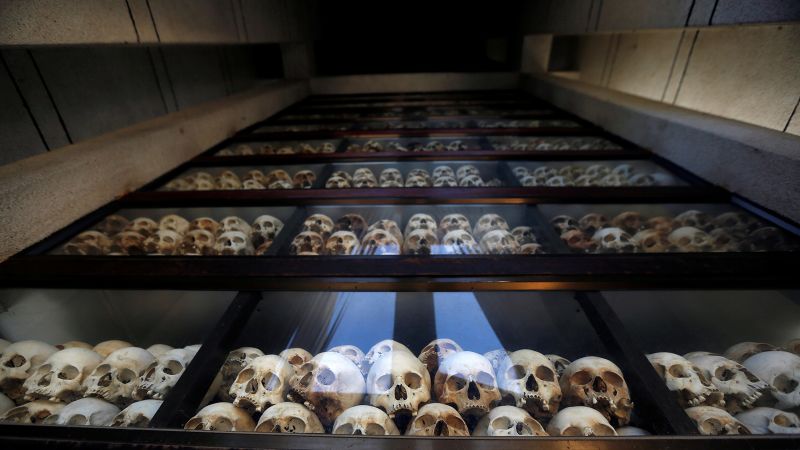Three sites in Cambodia associated with the Khmer Rouge regime’s brutal history have officially been inscribed on UNESCO’s World Heritage List. The announcement was made during the 47th Session of the World Heritage Committee in Paris on September 15, 2023, coinciding with the 50th anniversary of the Khmer Rouge’s rise to power. From 1975 to 1979, the regime was responsible for the deaths of an estimated 1.7 million Cambodians through starvation, torture, and executions.
UNESCO’s World Heritage List recognizes sites of significant cultural and historical importance, joining the ranks of iconic landmarks such as the Great Wall of China and the Taj Mahal. The newly added locations include two infamous prisons and an execution site that gained international attention through the film “The Killing Fields.”
Details of the Inscribed Sites
The first of these sites is the Tuol Sleng Genocide Museum, formerly a high school in Phnom Penh, which became a notorious prison known as S-21. Approximately 15,000 individuals were imprisoned and tortured at this location. The second site, the M-13 Prison, located in Kampong Chhnang province, was another key facility used during the early Khmer Rouge period.
The third site, Choeung Ek, is situated about 15 kilometers (10 miles) south of Phnom Penh. This location served as an execution site and mass grave for many victims. The atrocities committed at Choeung Ek formed the basis of the narrative in the 1984 film, which tells the true story of the experiences of New York Times journalist Dith Pran and his colleague Sydney Schanberg.
On April 17, 1975, the Khmer Rouge captured Phnom Penh, forcibly relocating nearly all city residents to rural areas, where they endured harsh labor conditions until the regime’s collapse in 1979, which was precipitated by an invasion from Vietnam.
Reflections on the Past and Future
In September 2022, the UN-backed Extraordinary Chambers in the Courts of Cambodia, commonly referred to as the Khmer Rouge tribunal, concluded its operations. The tribunal, which spanned 16 years and cost approximately $337 million, resulted in the convictions of only three leaders of the regime.
Following the UNESCO designation, Cambodian Prime Minister Hun Manet encouraged citizens to celebrate by drumming across the country on Sunday morning. In a video message, he stated, “May this inscription serve as a lasting reminder that peace must always be defended. From the darkest chapters of history, we can draw strength to build a better future for humanity.”
Youk Chhang, the executive director of the Documentation Center of Cambodia, emphasized the ongoing struggle with the painful legacies of genocide and torture. He noted that the UNESCO listing will help educate younger generations in Cambodia and beyond. “Though they were the landscape of violence, they too will and can contribute to heal the wounds inflicted during that era that have yet to heal,” Chhang said.
This UNESCO inscription marks Cambodia’s first nomination of a modern archaeological site and is among the first globally associated with recent conflict, as highlighted by the Ministry of Culture and Fine Arts. Previously, four other Cambodian sites had been recognized as UNESCO World Heritage Sites, including the renowned Angkor complex.
The addition of these sites to the UNESCO list serves as a poignant reminder of Cambodia’s turbulent history, providing a platform for education and reflection on the resilience of its people.
